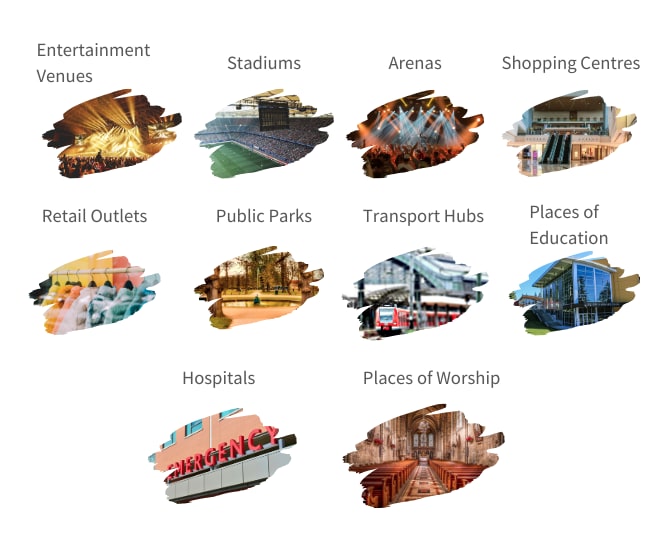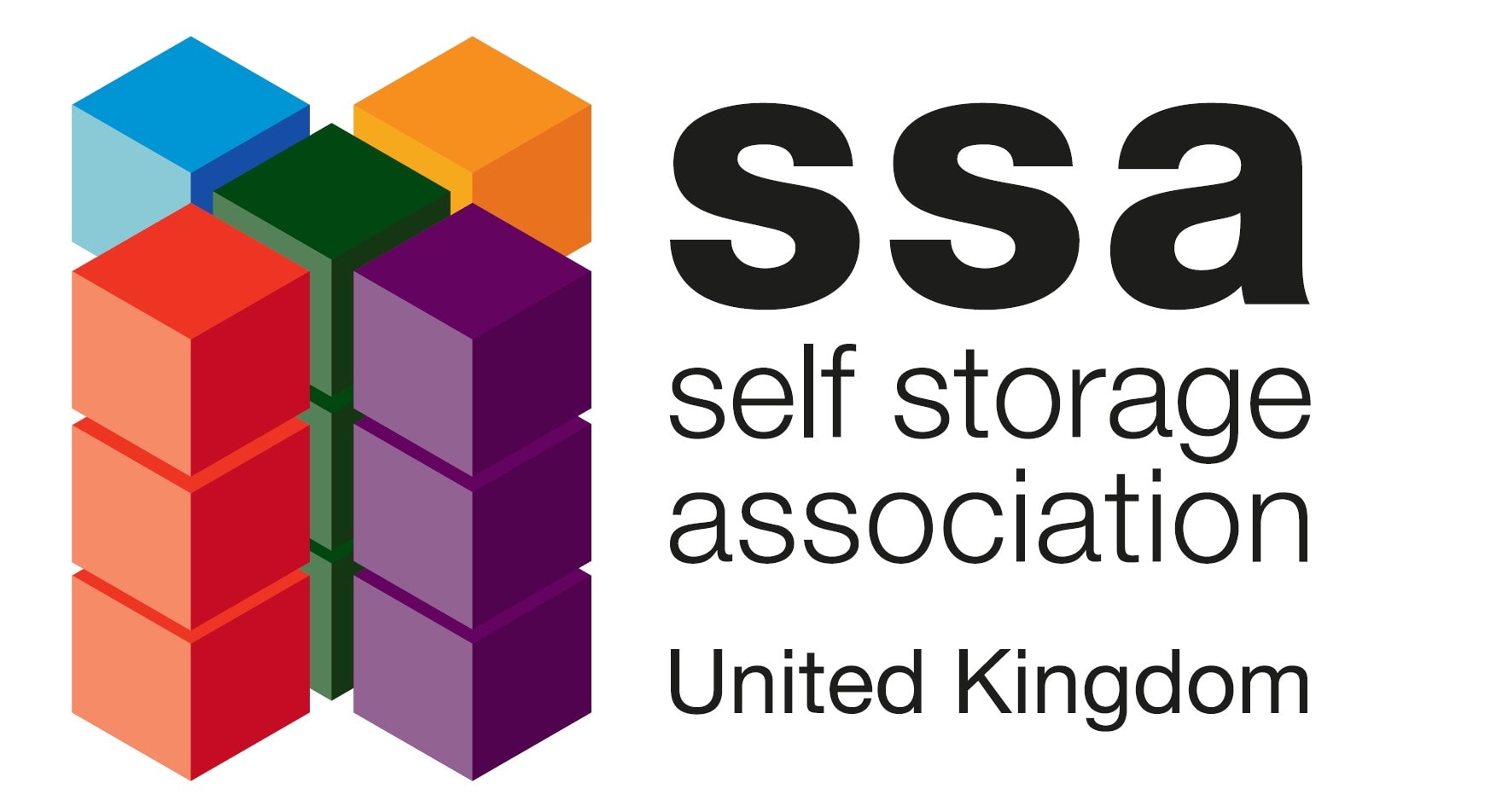First Facts: Martyn's Law

At a Glance
What is Martyn's Law?
Proposed UK legislation to enhance security and preparedness at public venues against terrorist attacks.
How Does it Work?
Martyn's Law ensures venues adopt security measures, risk assessments, plans, training, collaboration, and awareness, tailored to their size and tier.
Brief History
Named after Martyn Hett, a victim of the 2017 Manchester bombing, the law stems from his mother Figen Murray's campaign to learn from the tragedy. Source: The Independent
Types of Venues That Will Follow the Guidance
Standard Tier: venues with a capacity of 200 to 799 people.
Enhanced Tier: venues with a capacity of 800 or more people.
Our Top Tips
Conduct a Thorough Risk Assessment: Understand your venue’s vulnerabilities, including entry and exit points, crowd management, parking areas, backstage spaces and regularly review between events.
Develop and Train Staff on Emergency Preparedness Plans: Create a security plan which includes preventative measures, evacuation processes and how to respond to potential threats, including suspicious individuals and objects.
Venues Likely to Adapt to Martyn's Law

1. Risk Assessments
Identify Threats: Is there a known risk of bombings, vehicle attacks or active shooters?
Assess Vulnerabilities: Are there areas of dense crowding or areas of minimal visibility?
Venue Risk Profile: Venue and demographic likelihood to cause disruption?
Access Points: Are all entry and exit points situated in areas with good visibility and control?
2. Security Plans
Access Control: Screening at entrances (e.g., bag checks, metal detectors) and restricted access to sensitive areas.
Physical Security: Barriers to prevent vehicle attacks, CCTV systems, and enhanced lighting.
Emergency Response Plans: Evacuation routes, lockdown procedures, and communication strategies.
Regular Drills: Testing evacuation and lockdown procedures to improve preparedness.
3. Training & Awareness
Staff Training: Teaching staff to recognise suspicious behaviour, items, or activities (e.g., unattended bags, unusual behaviour).
Response Procedures: Equipping staff to handle emergencies, such as evacuations, lockdowns, and communicating with emergency services.
Counter-Terrorism Resources: Providing access to tools like the ACT Awareness eLearning platform and relevant guidance from authorities.
4. Collaboration
Working with Authorities: Engaging with law enforcement, counter-terrorism experts, and local authorities for guidance and intelligence sharing.
Sharing Best Practices: Collaborating with other venues and organisations to exchange effective security strategies and lessons learned.
Emergency Coordination: Establishing clear communication channels with emergency services (police, fire, ambulance) for incident response.
Community Engagement: Partnering with local communities to raise awareness and encourage public reporting of suspicious activity.
5. Proportionality
Tailored Measures: Security requirements will depend on the size, capacity, and risk profile of the venue (e.g., smaller venues will have fewer obligations than large arenas).
Risk-Based Actions: Implementing security measures appropriate to the level and likelihood of the threat faced by the venue.
Cost-Effectiveness: Ensuring measures are practical and financially viable for the organisation.
Minimal Disruption: Balancing security improvements with maintaining the venue's functionality and visitor experience.
Reasonable Expectations: Requiring venues to take reasonable and achievable steps, rather than applying a one-size-fits-all approach.
6. Monitoring & Enforcement
Inspections and Audits: Regular checks by authorities to ensure compliance with security requirements.
Record-Keeping: Organisations will need to maintain documentation of risk assessments, training, and implemented security measures.
Penalties for Non-Compliance: Fines or other sanctions for failing to meet the legal obligations.
Support and Guidance: Provision of advice or resources to help organisations meet compliance standards.
Reporting Mechanisms: Systems for whistleblowing or reporting non-compliance to the relevant authorities.
Need help managing an event? We have the fencing solutions for:
- Rapid Deployment Fencing: Need a quick setup for your event? Our rapid deployment fencing offers fast installation, providing immediate security and boundary control.
- Crash Barriers: Ensure safety at high-risk areas with our robust crash barriers, designed to withstand impact and protect both attendees and structures.
- Temporary Fencing: For flexible and secure event perimeters, our temporary fencing is easy to install and perfect for short-term use.
- Event Barriers (Crowd Control): Manage crowd flow effectively with our durable event barriers, ensuring safety and organisation at large gatherings.
- Water-Filled Plastic Barriers: Our water-filled plastic barriers provide a lightweight yet sturdy solution for crowd control and site demarcation, ideal for temporary setups.
- Hire Products: We offer a wide range of hire products for events, from fencing to barriers.
More Information
Download our PDF version of First Facts: Martyn's Law. For more information, please contact our sales team on 01283 512 111 or email sales@firstfence.co.uk.












